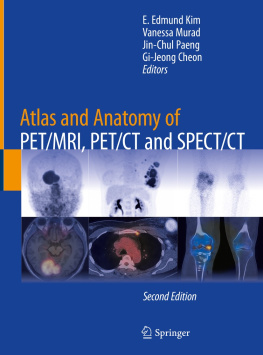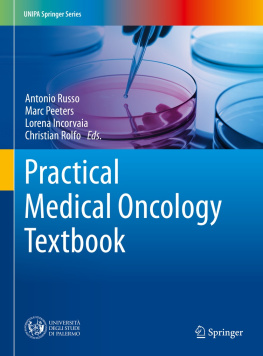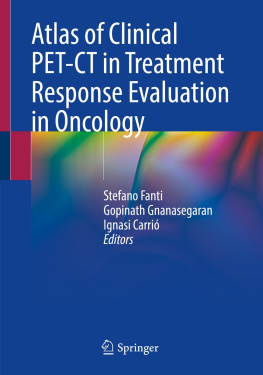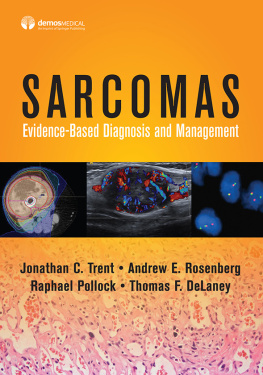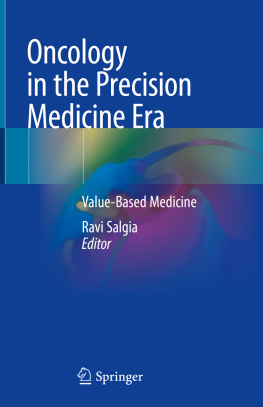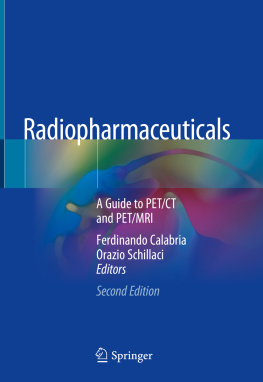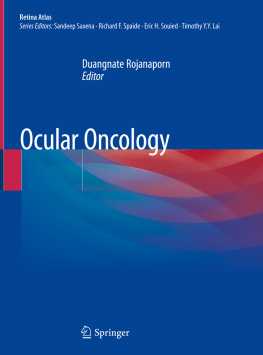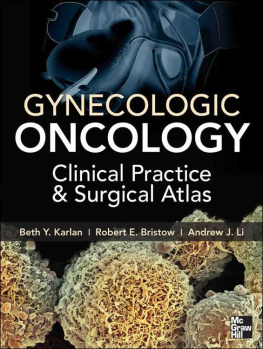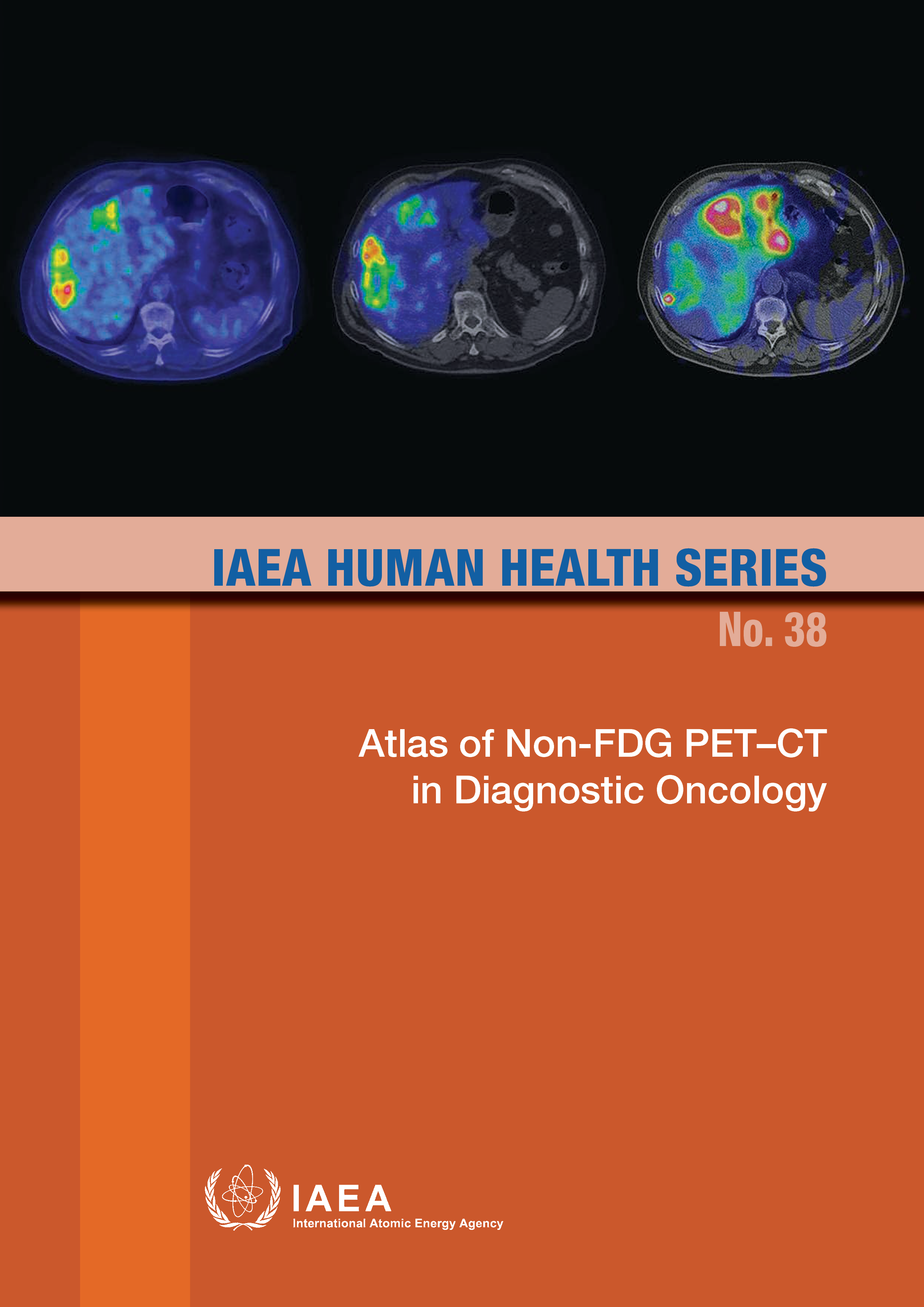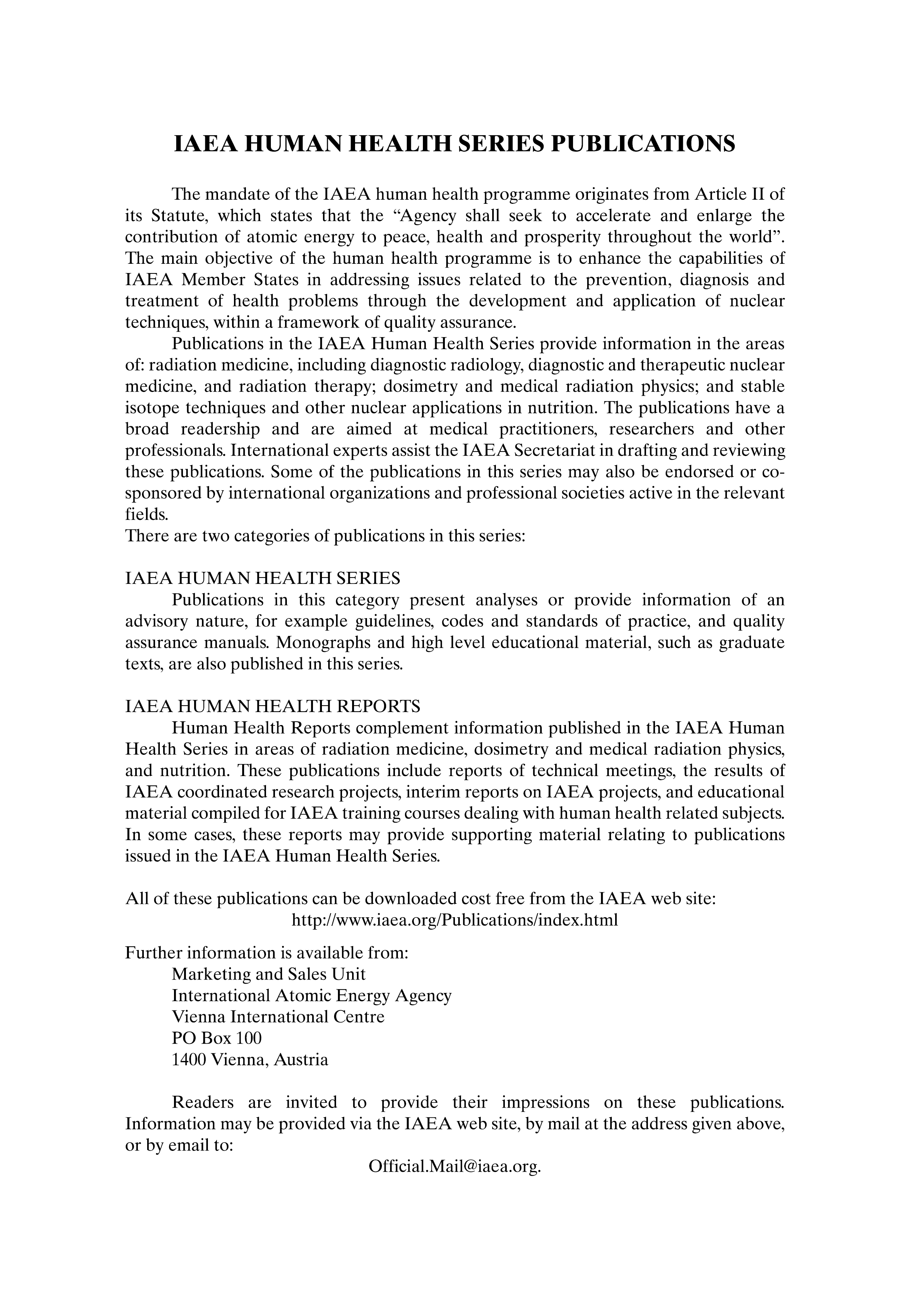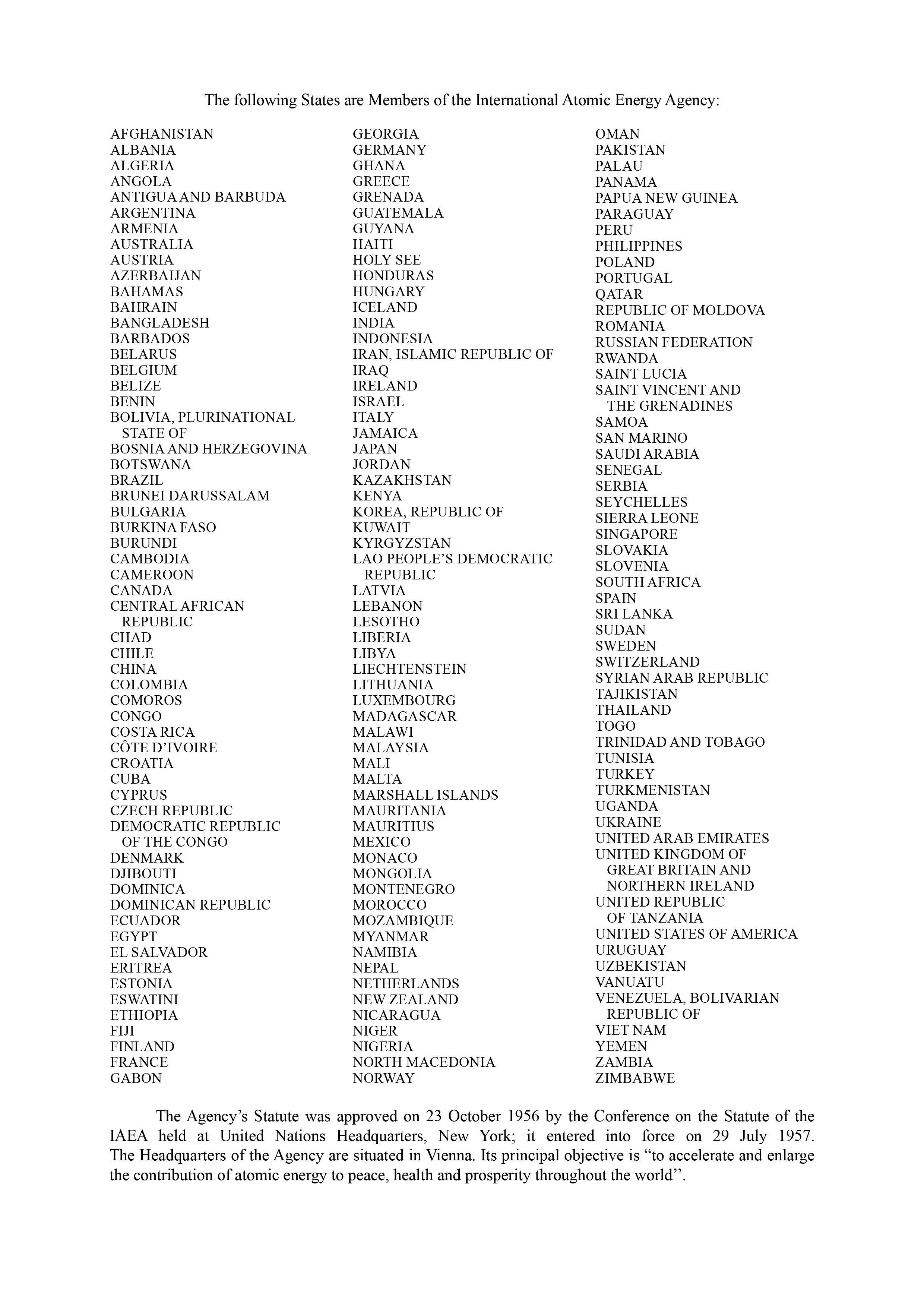All IAEA scientific and technical publications are protected by the terms of the Universal Copyright Convention as adopted in 1952 (Berne) and as revised in 1972 (Paris). The copyright has since been extended by the World Intellectual Property Organization (Geneva) to include electronic and virtual intellectual property. Permission to use whole or parts of texts contained in IAEA publications in printed or electronic form must be obtained and is usually subject to royalty agreements. Proposals for non-commercial reproductions and translations are welcomed and considered on a case-by-case basis. Enquiries should be addressed to the IAEA Publish ing Section at:
Names: International Atomic Energy Agency.
Title: Atlas of non-FDG PETCT in diagnostic oncology / International Atomic Energy Agency.
Description: Vienna : International Atomic Energy Agency, 2021. | Series: IAEA human health series, ISSN 20753772 ; no. 38 | Includes bibliographical references.
Identifiers: IAEAL 21-01410 | ISBN 9789201289209 (paperback : alk. paper) | ISBN 9789201290205 (pdf) | ISBN 9789201291202 (epub)
Subjects: LCSH: Tomography, Emission. | Tomography. | Cancer Radionuclide imaging. | Oncology.
FOREWORD
Positron emission tomograph yc omputed tomography (PE TC T) plays a central role in the management of cancer patients and is an increasingly important part of the overall health care landscape owing to the rising prevalence of non-communicable diseases, the need for early and accurate diagnostic methods, technological developments both in hardware and in software, the availability of new tracers and the acceptance of this technology in eme rging markets.
Fluorodeoxyglucose (FDG) PE TC T has earned global recognition as a significant tool in the modern management of cancer patients and is rapidly becoming an important imaging modality for patients with cardiac, neurological and infectiou s/i nflammatory conditions. Despite its proven benefits as a PET radiopharmaceutical in oncology, FDG has limitations in the assessment of several relevant tumours such as prostate cancer. In addition, new therapeutic options available today in the management of cancer have underscored the need for assessing tumour characteristics other than metabolism. Therefore, there has been a pressing need for the development and clinical assessment of additional PET radiopharmaceuticals that can enable imaging and precise characterization of various aspects of a wide range of mal ignant tumours.
It is hoped that this publication will be beneficial to medical professionals from IAEA Member States for learning and teaching. The IAEA wishes to thank the contributors to the drafting and review of the publication for contributing their knowledge, time and effort. The IAEA officers responsible for this publication were R. Nuez Miller, F. Giammarile and D. Paez of the Division of Human Health.
EDITORIAL NOTE
Although great care has been taken to maintain the accuracy of information contained in this publication, neither the IAEA nor its Member States assume any responsibility for consequences which may arise from its use.
This publication does not address questions of responsibility, legal or otherwise, for acts or omissions on the part of any person.
Guidance provided here, describing good practices, represents expert opinion but does not constitute recommendations made on the basis of a consensus of Member States.
The use of particular designations of countries or territories does not imply any judgement by the publisher, the IAEA, as to the legal status of such countries or territories, of their authorities and institutions or of the delimitation of their boundaries.
The mention of names of specific companies or products (whether or not indicated as registered) does not imply any intention to infringe proprietary rights, nor should it be construed as an endorsement or recommendation on the part of the IAEA.
The IAEA has no responsibility for the persistence or accuracy of URLs for external or third party Internet web sites referred to in this book and does not guarantee that any content on such web sites is, or will remain, accurate or appropriate.
The authoritative version of this publication is the hard copy issued at the same time and available as pdf on www.iaea.or g/p ublications . To create this version for e-readers, certain changes have been made, including a the movement of some figu res and tables.
1. INTRODUCTION
1.1.Background
Several non-fluorine-18 fluorodeoxyglucose (non-F-FDG) positron emission tomography (PET) radiopharmaceuticals have been introduced into the clinical arena over the last few years, in some countries more rapidly than others. It is expected that the use of these radiopharmaceuticals will continue to spread internationally, since the use of positron emission tomograph yc omputed tomography (PE TC T) with different radiopharmaceuticals, catering to the type of tumour and the biological process that needs to be assessed, enables greater personalization (precisio n) in medicine.
The constant growth of PE TC T, as well as the increasing use of novel non-F-FDG PE TC T radiopharmaceuticals, creates a need for training in the proper acquisition and interpretation of complex imaging studies with compounds that have very different biodistribution, normal variants and pitfalls. In addition, the use of several of these non-F-FDG PET radiopharmaceuticals, such as Ga labelled prostate specific membrane antigen (Ga-PSMA) and Ga labelled octreotide, constitutes an integral part of the evaluation of patients who are potential candidates for theranostic medicine combining therapeutics and diagnostics in individualized treatment. This further increases their clinical relevance and the need for accurate imagi ng methodology.
1.2.Objective
The objective of this publication is to provide a case based presentation of the normal biodistribution, variants and pitfalls, and different imaging patterns for the main indications for each of the new non-F-FDG PET radiopharmaceuticals. This should facilitate the interpretation of non-F-FDG PE TC T procedures in order to ensure that, in clinical practice, the study report is accurate and helpful.



